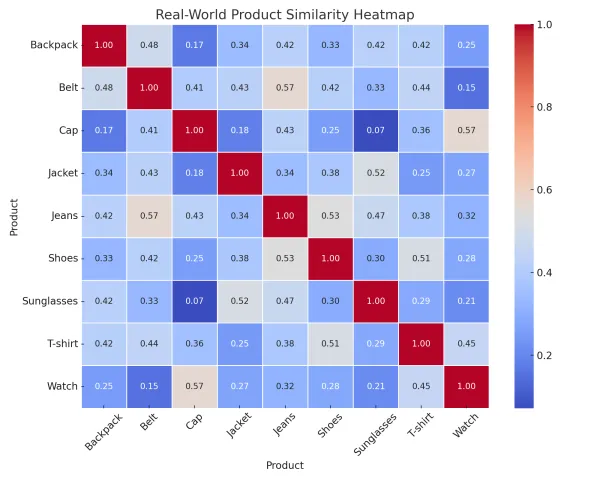Interactive Machine Learning Course – Student Initiative
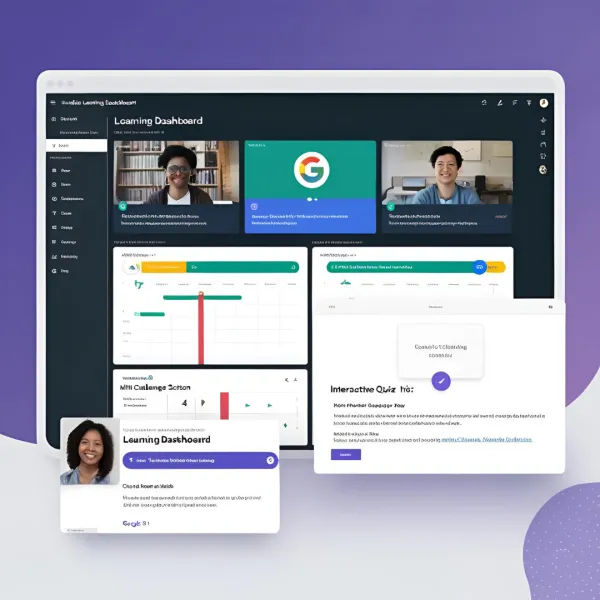

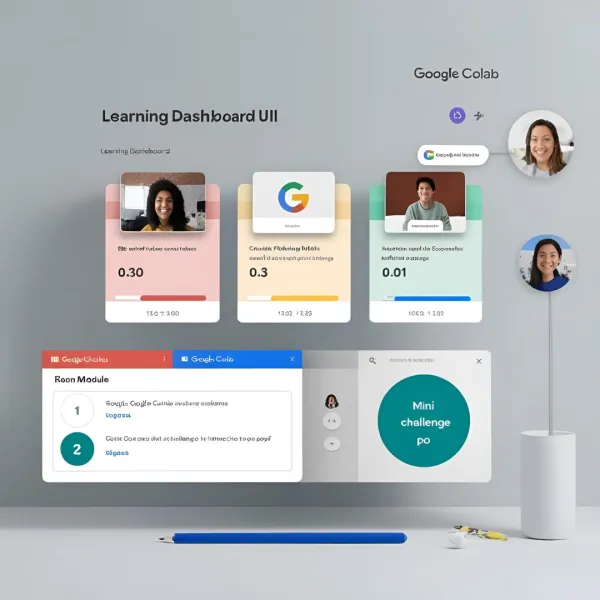
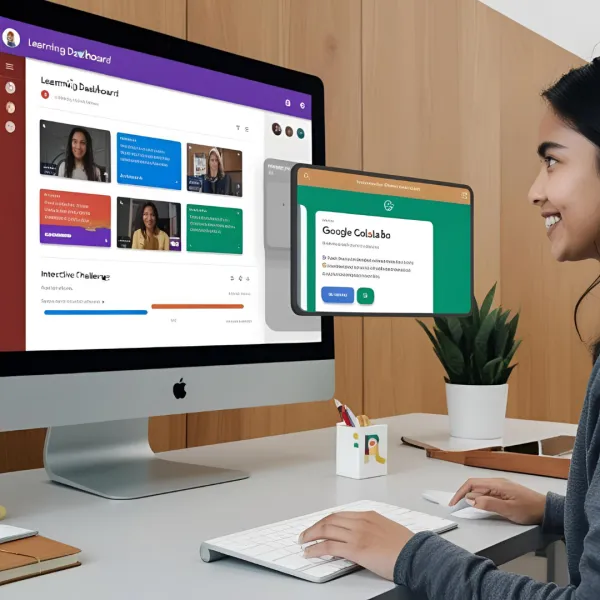
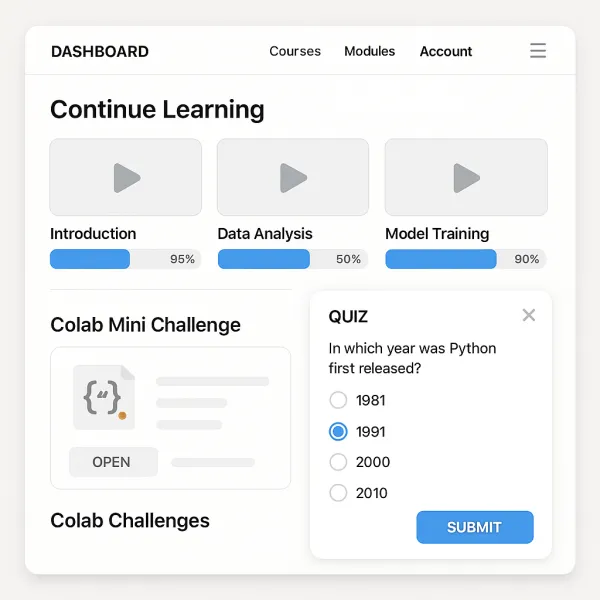
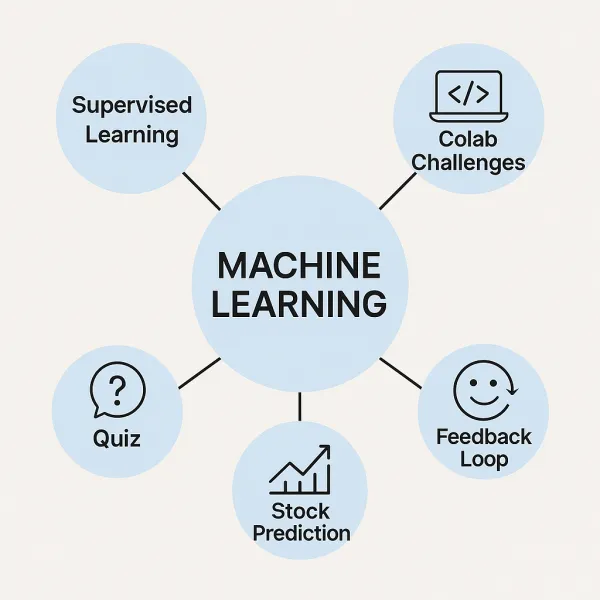
Project
Early Work
Interactive Machine Learning Course – Student Initiative
Created an interactive course simplifying ML concepts with practical use cases and student-led content.

Kriti Iyer
B.Tech Student | Machine Learning Explorer: Unleashing the Power of AI Innovation
220
Views
4
Claps
0
Comments
Project Overview
Kriti Iyer designed and developed a peer-to-peer interactive learning module focused on simplifying machine learning concepts for beginners. Realizing that many of her classmates struggled with understanding ML theory, she created an online self-paced course that combined conceptual clarity with hands-on practice. The course featured bite-sized video explanations, interactive quizzes, and mini coding challenges using Google Colab. Kriti integrated real-life case studies to demonstrate ML in action—ranging from spam detection to stock prediction. The project also included a feedback mechanism to improve the course content iteratively based on learner responses. Ir work bridged the gap between classroom learning and practical application, providing immense value to students new to the ML space. The initiative I was later adopted as a supplementary resource by her university’s data science club. Kriti’s commitment to democratizing tech education through design thinking and accessibility showcases her leadership in both technical and academic environments.
Project Claps
4
claps
Recent Clappers
Showing 4 of 4 clappersProject Images
Discussion
Please log in to join the discussion.
More Projects You Might Like








